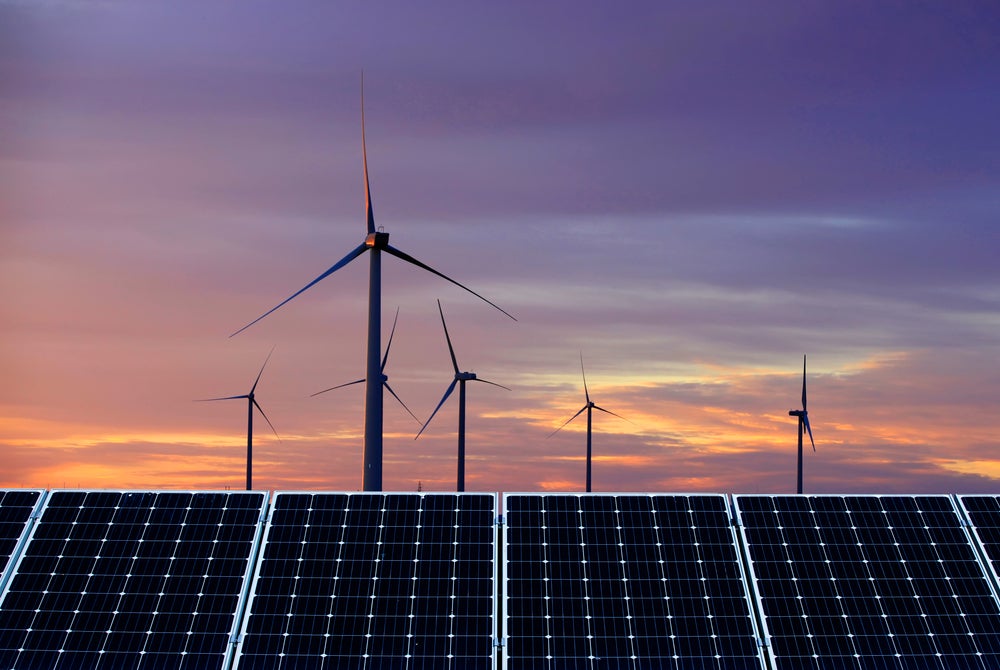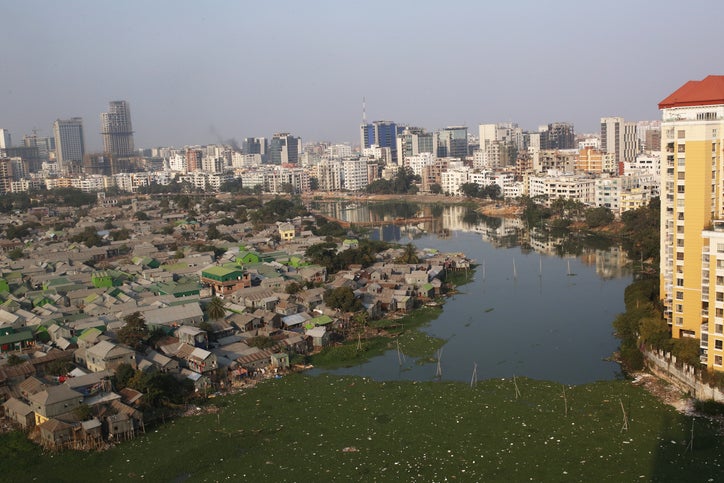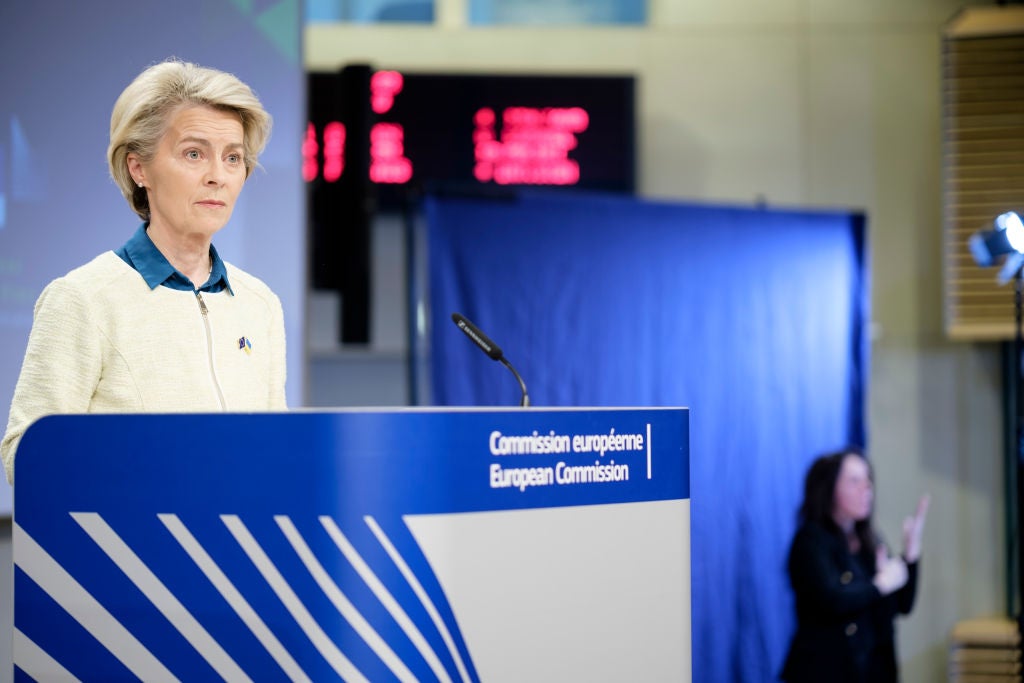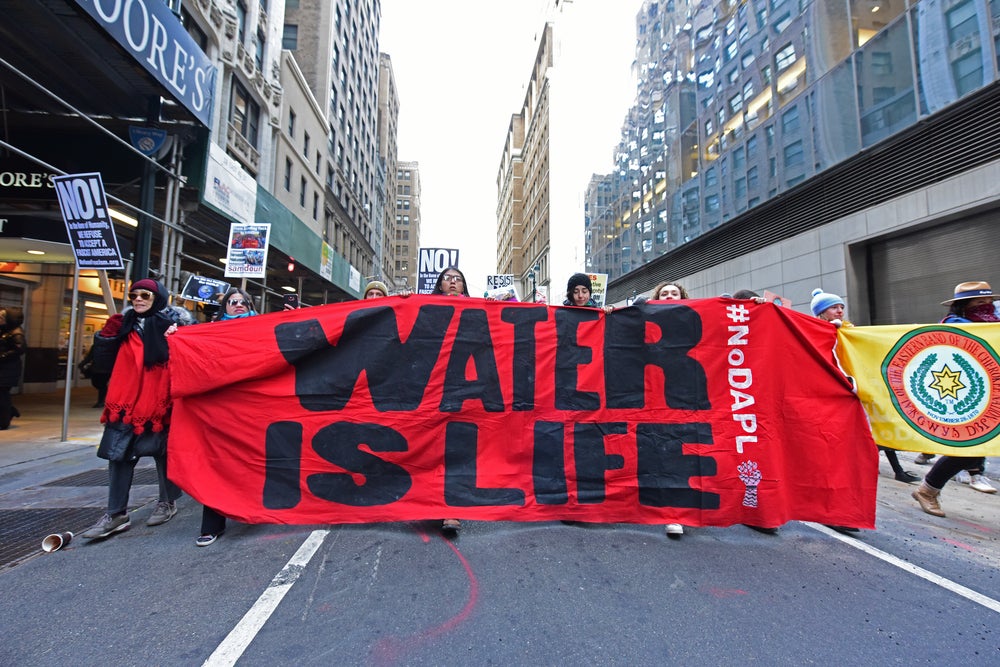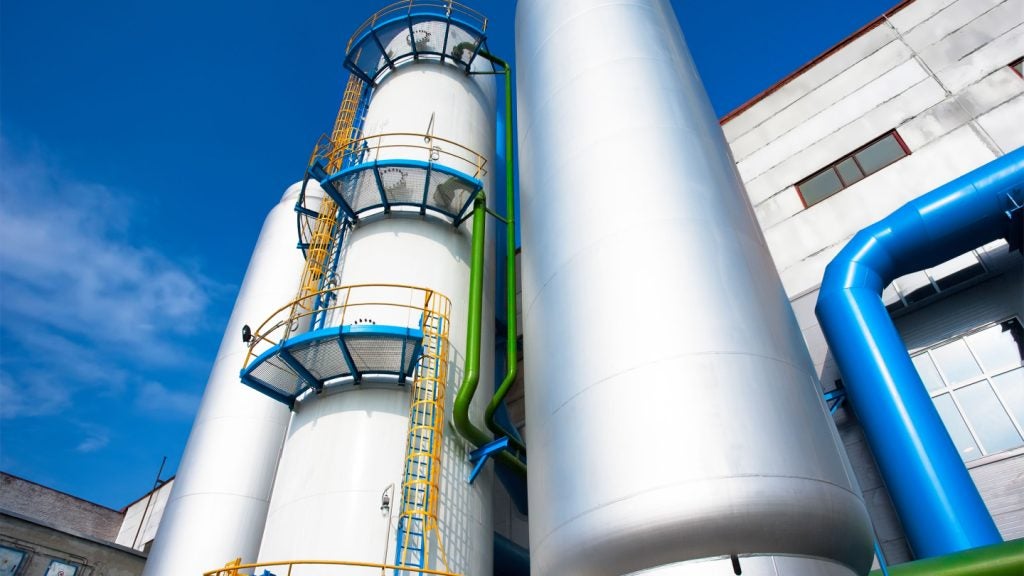Renewable energy around the world is expanding faster than at any time in the past three decades, giving real hope to the COP28 goal of tripling global capacity by 2030, found a recent report by the International Energy Agency (IEA). Global renewables capacity grew by 50% in 2023, reaching almost 510GW, with solar PV accounting for three-quarters of the additions, according to Renewables 2023, the latest edition of the IEA’s annual renewables report.
Under existing policies and market conditions, the IEA expects the world’s renewable power capacity to grow to 7.3TW between 2023 and 2028. It also found that faster policy implementation could supercharge renewables growth by another 21%, pushing the world towards its global tripling pledge. Energy Monitor sat down with Heymi Bahar, senior analyst of renewable energy markets and policy for the IEA, to discuss the latest findings.
What surprised you most in the research?
The most surprising thing by far was China's solar PV deployment. We were expecting an increase but nothing like this level of growth. It is truly unprecedented. China alone installed about 220GW of solar PV – the same as the rest of the world combined – doubling its pace in one year. And the most surprising thing of all is that there are no feed-in tariffs and subsidies anymore for solar PV and wind [in China]; the deployment is coming just from economic attractiveness. The government provides long-term contracts for renewables projects, which is key, but in terms of the price selection, it is lower than provincial electricity prices today. That is why all the state-owned enterprises are building them [solar and wind plants]: to improve their economics and make up for the money they may lose on coal.
We have been analysing China for a very long time and there has been a lot of speculation as to what would happen after the subsidies' phase-out in 2020 and 2021, but growth has accelerated. This is important proof that solar and wind's competitiveness over the past three years has really changed, at least in China. The government has really succeeded there.
Does China’s huge renewables growth provide an indication that it will start to ease off coal power this year?
That is the key question. They are building coal plants and they are also building gas plants. However, given the growth in Chinese electricity demand and renewables, I think they are building those fossil fuel plants for energy security reasons, not for full-on electricity generation. Compared with the past, China will start to produce less electricity and less emissions, but you need those plants because of the country's [cyclical] hydropower and climatic risks. The drought that China had last year, for instance, was huge and hydropower capacity declined by 20–40% as a result. You need to quickly make up for that. But the important thing for climate change is not whether a plant exists, it is how much it operates. I think they are reaching an important point where Chinese emissions from the power sector will start a structural decline.
Why did solar PV grow so much faster than wind in 2023?
There are all the headlines about wind's supply chain problems, and it is of course important, but we need to take one step back. This trend started before all the supply chain issues, inflation, even [rising] interest rates. It is not even related to the cost of energy. It is just simpler to build solar PV plants than wind plants – and there is one reason: height. The height of a wind plant makes things complicated, everywhere in the world, including China. It affects the construction permit, environmental permit and so on. For solar PV, all of that is significantly easier. A lot of developers prefer to build PV plants over onshore wind plants – even though they could maybe make a slightly higher profit on the wind plants – just because it is easier and more predictable in terms of timing and financing.
The second part is that you need a lot of money to build even a small wind plant, whereas everyone can build rooftop solar PV. Solar PV addresses a different type of customer: every person in society can have access to this if the government supports it, and in many cases even if the government doesn't support it. You can charge your phone with a solar PV battery or you can build a 2MW power plant, and everything in between. You can have all types of investors, which wind does not and never will. This is why solar PV is growing so fast. When you look at the numbers, 40–50% of solar PV deployment is coming from rooftops.
Why is solar less affected by supply chain issues? The answer is very simple: it was affected during Covid-19 because of its dependence on China, but not since. Around 90% of solar PV panels are produced in China. It is basically providing this constant, low-cost, quality supply of PV panels to the world – and in a very reliable way, if you look at the past 20 years. Wind is way more complicated. There are thousands of pieces inside a wind turbine, and they are coming from everywhere.
Aside from China, which countries led renewables growth over the past year?
After China, we need to look at two important countries [regions]. The first one is Brazil. Rooftop development in Brazil really surprised us. Although they phased out a lot of incentives over the past two years, people are still building rooftop solar in Brazil to save money on their energy bills, and the same thing is happening in EU countries. In Germany and Spain, we were positively surprised about the adoption of rooftop PV by a lot of customers. In Germany there is limited sunshine, but the acceleration is driven by government incentives and higher energy prices after the Russian invasion of Ukraine.
What more needs to be done for the world to reach the COP28 pledge of tripling renewables capacity by 2030? What is your advice to governments?
The [expected] renewables growth that we will see by 2030 is already quite big. Out of all the pledges that were signed by more than 200 countries, probably the one that is most advanced, and we have the highest chance of achieving, is the tripling renewables pledge, because the technology is there. History shows that we are deploying very rapidly, but there is a gap, so how can we fill that? Our policy recommendations are divided into advanced economies and emerging or developing economies, because they are at different stages of deployment.
However, there is one common theme and that is grid, grid, grid. The more we electrify, the more we want to build renewables, the more we need to build out the grid. But that is a bottleneck because building grids takes much longer than building renewable power plants or increasing electricity demand. Everybody's in the same boat on this, by the way, whether it is to get on track to net zero or increase electricity access, countries are not investing in the grid fast enough. Renewables investment has doubled over the past five years, but grid investment remains stable, so there is a disconnect between the two. It is very important that every country steps up grid investment, and develops the relevant regulation and permitting schemes.
For advanced economies, the most important thing is the new macroeconomic environment, which is basically challenging the historical success of solar PV and wind deployment. Why? Because over the past decade, this extremely successful deployment happened in a 0% central bank interest rate and 0% inflation environment. All the renewables support policies were designed for this environment. All the cost declines were also driven by a very low cost of financing. Now we have a new environment and governments need to adapt. For instance, the auction designs in most advanced economies do not have inflation adjustment or de-risking mechanisms for high interest rates. The contracts can be up to five years! Especially for large-scale offshore wind projects, a lot can change in that time. The policy mechanisms in advanced economies need to add a de-risking or adjustment mechanism for this macroeconomic environment.
The other important thing for advanced economies is [adequate] flexibility of the power system, which includes credit on the one hand but also market design. It also includes batteries, use of the existing fleet, building new long-term and short-term storage and so forth. Deploying renewables is the easy part, integrating them when you deploy a lot of them is a different game.
For emerging economies, this high-interest-rate environment impacts them even more. The cost of financing has increased drastically, making renewables more expensive. One of the things COP28 did not achieve is advanced economies providing support toward affordable financing and investment for developing nations. When you look at the [deployment] gap for the tripling-of-renewables aim, that gap can be filled by developing countries. They need electricity [and] they need affordable power. They should have renewable electricity, they shouldn't be trapped into the fossil fuel cycle. There is a lot of potential for growth there. The EU, China, US and India accounted for 85% of the growth in the renewables market last year. There are 200 more countries that have huge renewables growth potential, so we need to focus on those to fill the gap.
Aside from solar PV and wind, how did other renewable technologies fare over 2023?
This is actually the disappointing part: outside of wind and solar PV, the story is actually a bit sad. We revised down our renewable capacity forecast for green hydrogen because the projects are not going as well as we expected – we were more optimistic last year. We had to cut the forecast for everywhere in the world except China. In terms of hydropower, things are not going very well. Bioenergy, geothermal and concentrated solar power, the same. We need all these technologies, by the way, but wind and solar PV account for 95% of our forecast in the next five years – this tells you the rest is minimal. It shouldn't be, there is potential for deployment there. Of course there are technology-specific challenges, but there are policies that can address those. We will need those [other] technologies. In the future, wind and solar will need dispatchable and flexible electricity, and we have [renewable] technologies that can provide that: bioenergy, geothermal, concentrated solar power, hydropower. All of them are renewable technologies that can provide flexible and dispatchable power generation, but the policy attention to those is extremely limited and that needs to change.


